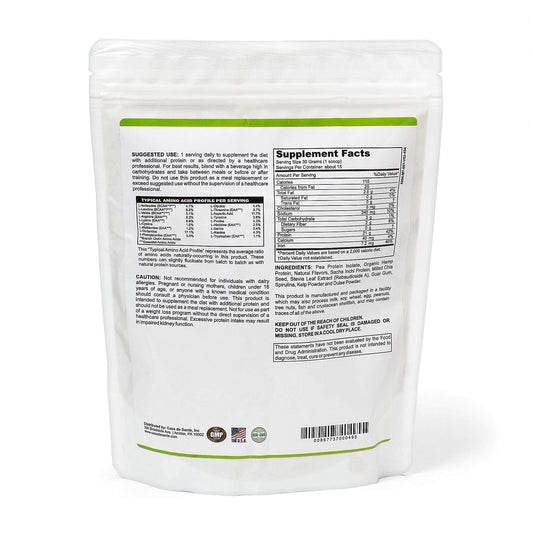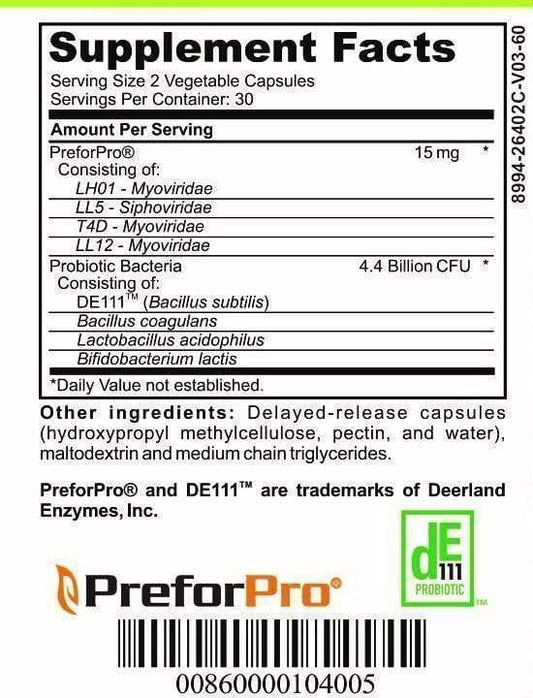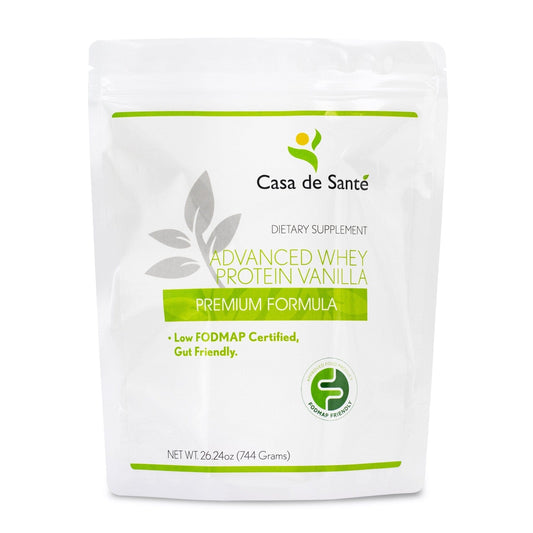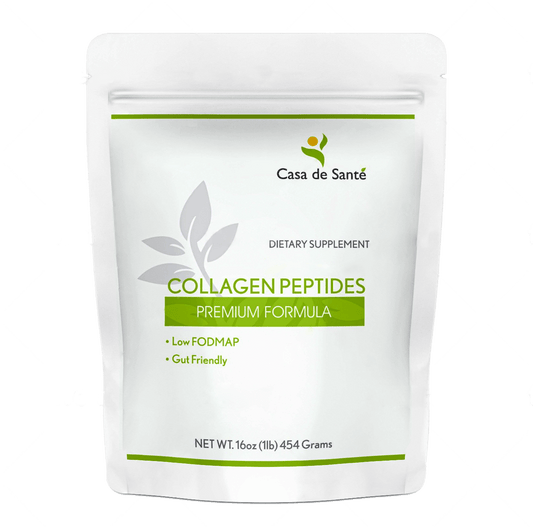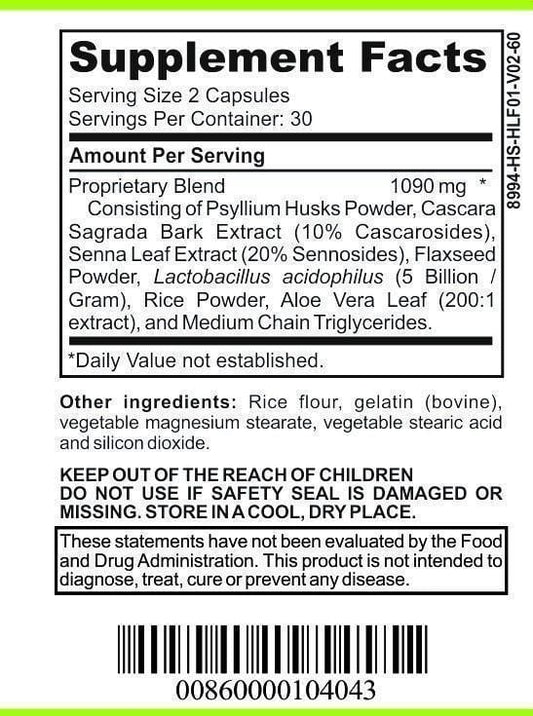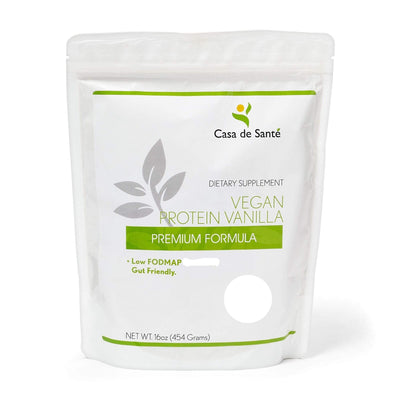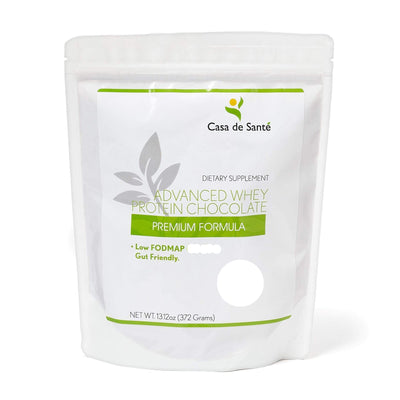Is Red Wine Vinegar Gluten Free
Is Red Wine Vinegar Gluten Free
Red wine vinegar has long been a staple in many kitchens, used for its tangy flavor and versatility. However, for individuals following a gluten-free diet, the question of whether red wine vinegar is safe to consume may arise. In this article, we will explore the gluten content of red wine vinegar and provide you with the information you need to make an informed decision.
Understanding Gluten and Its Effects
Before diving into the topic of red wine vinegar, it is essential to understand what gluten is and how it can affect those with gluten sensitivities or celiac disease.
Gluten is a type of protein naturally found in certain grains, such as wheat, barley, and rye. It provides elasticity to dough, helping it to rise and maintain its shape. While gluten is harmless for most people, it can cause adverse reactions in individuals with gluten sensitivities or celiac disease.
When individuals with celiac disease consume gluten, it triggers an immune response that damages the small intestine. This can result in various symptoms, including abdominal pain, bloating, diarrhea, and fatigue. In the long term, untreated celiac disease can lead to nutrient deficiencies and other serious health complications.
Gluten sensitivities, on the other hand, refer to individuals who experience symptoms similar to celiac disease but do not have the intestinal damage characteristic of the condition. These individuals may choose to follow a gluten-free diet to alleviate their symptoms and improve their overall well-being.
What is Gluten?
Gluten is a complex mixture of proteins that gives dough its elastic texture. It is formed when two proteins, glutenin and gliadin, combine with water. This unique protein network allows bread to rise and gives it a chewy texture.
Gluten is not only found in grains like wheat, barley, and rye but can also be present in many processed foods. It is often used as a thickening agent or stabilizer in sauces, dressings, and even some medications.
Interestingly, gluten is not inherently bad or unhealthy. It is a natural component of grains and has been consumed for thousands of years. However, for individuals with gluten sensitivities or celiac disease, it can cause significant health issues.
Common Sources of Gluten
The main sources of gluten in the diet are wheat-based products, including bread, pasta, and baked goods. Wheat flour is commonly used in the production of these foods, making them a potential source of gluten.
Barley and rye-based products can also contain gluten. This includes items like beer, malt beverages, and certain types of cereal. It is crucial for individuals with gluten sensitivities or celiac disease to carefully read ingredient labels to avoid hidden sources of gluten.
It's worth noting that gluten can sometimes be found in unexpected places. For example, soy sauce often contains wheat, making it off-limits for those following a gluten-free diet. Additionally, cross-contamination can occur in food preparation, where gluten-free foods come into contact with gluten-containing ingredients or surfaces.
Health Implications of Gluten
For people with celiac disease, consuming gluten triggers an immune response that damages the small intestine. This can lead to a range of symptoms, including abdominal pain, bloating, diarrhea, and fatigue. Over time, the constant inflammation and damage to the intestinal lining can hinder the absorption of essential nutrients, potentially leading to deficiencies.
Aside from the immediate symptoms, untreated celiac disease can have long-term health implications. It increases the risk of developing other autoimmune disorders, such as type 1 diabetes and multiple sclerosis. It can also lead to osteoporosis, infertility, and an increased susceptibility to certain types of cancer.
Gluten sensitivities, while not as severe as celiac disease, can still cause discomfort and impact quality of life. Symptoms may include digestive issues, headaches, joint pain, and skin problems. Following a gluten-free diet can help alleviate these symptoms and improve overall well-being for those with gluten sensitivities.
In conclusion, understanding gluten and its effects is crucial for individuals with gluten sensitivities or celiac disease. By being aware of common sources of gluten and the potential health implications, individuals can make informed choices about their diet and take steps towards managing their condition effectively.
The Basics of Red Wine Vinegar
Red wine vinegar is a flavorful vinegar made by fermenting red wine. The process involves the conversion of alcohol into acetic acid by the action of bacteria. The resulting vinegar enhances the taste of various dishes, including salads, marinades, and sauces.
Red wine vinegar has a long history and has been used for centuries in cooking and as a condiment. It is believed to have originated in ancient Rome, where it was highly valued for its tangy flavor and versatility in the kitchen.
The production of red wine vinegar begins with red wine obtained from crushed grapes. The grapes used can vary, with different varieties lending their own unique flavors to the final product. The wine is then combined with a starter culture containing acetic acid bacteria. These bacteria, known as acetobacters, play a crucial role in the fermentation process.
Over a period of several weeks or months, the acetobacters convert the alcohol in the wine into acetic acid, the main component responsible for the vinegar's tangy taste. This process, known as acetification, occurs when the bacteria consume the alcohol and produce acetic acid as a byproduct.
The fermentation process can take place in traditional wooden barrels or stainless steel tanks, depending on the manufacturer's preference. Wooden barrels are often favored as they allow for a slow and gradual fermentation process, which can result in a more complex and nuanced flavor profile. On the other hand, stainless steel tanks offer greater control over the fermentation conditions and can produce a more consistent product.
Once the fermentation is complete, the vinegar is typically filtered to remove any sediment or impurities. It is then bottled and ready to be enjoyed in a variety of culinary applications.
Nutritional Profile of Red Wine Vinegar
In terms of nutritional content, red wine vinegar is low in calories and does not contain any significant amounts of protein, fat, or carbohydrates. Additionally, it does not provide substantial amounts of vitamins or minerals. However, it does contain small amounts of antioxidants, which are beneficial compounds that can help protect against oxidative damage in the body.
Antioxidants, such as polyphenols, are naturally occurring compounds found in red wine vinegar. These compounds have been linked to various health benefits, including reducing inflammation, improving heart health, and supporting healthy blood sugar levels.
It's important to note that while red wine vinegar does contain antioxidants, it should not be relied upon as a primary source of these beneficial compounds. A well-balanced diet that includes a variety of fruits, vegetables, and whole foods is key to obtaining a wide range of antioxidants and other essential nutrients.
In conclusion, red wine vinegar is a versatile and flavorful ingredient that adds a tangy kick to a wide range of dishes. Its production involves the fermentation of red wine by acetic acid bacteria, resulting in a vinegar with a distinct taste and aroma. While it may not be a significant source of nutrients, it does contain small amounts of antioxidants that can contribute to overall health and well-being.
Gluten Content in Vinegars
Vinegars can be made from a variety of ingredients, including grains, fruits, and even wine. The gluten content of a vinegar depends on the starting material and the manufacturing process used.
When it comes to gluten, one of the key factors to consider is the distillation process that occurs during vinegar production. This process involves converting alcohol into acetic acid, and it can have a significant effect on the gluten content of the final product.
Distillation Process and Its Effect on Gluten
In the distillation process, alcohol is heated and then cooled, causing it to evaporate and condense. This separation of alcohol from other compounds is what allows for the creation of vinegar. Interestingly, the distillation process can effectively remove gluten from the starting material.
Gluten proteins, which are found in grains like wheat, barley, and rye, are too large to pass through the distillation process. As a result, vinegars that undergo this distillation step are generally considered gluten-free. This is good news for individuals who follow a gluten-free diet due to celiac disease or gluten sensitivity.
Different Types of Vinegars and Their Gluten Content
While red wine vinegar is made from red wine, other types of vinegars, such as malt vinegar, are derived from barley. Barley is one of the grains containing gluten, which means that malt vinegar does contain gluten and is not suitable for a gluten-free diet.
On the other hand, vinegar made from distilled grains, such as white vinegar, rice vinegar, and apple cider vinegar, can be considered gluten-free. The distillation process effectively removes gluten, making these vinegars safe options for individuals with gluten sensitivities or celiac disease.
However, it is always advisable to read product labels or contact the manufacturer to ensure that the vinegar is indeed gluten-free. Manufacturers may have different processes or ingredients, so it's important to double-check to avoid any potential gluten exposure.
It's worth noting that the gluten content of vinegars made from fruits, such as balsamic vinegar, is generally considered negligible. Fruits do not naturally contain gluten, so vinegars made from them are typically safe for those following a gluten-free diet.
In conclusion, when it comes to gluten content in vinegars, the distillation process plays a crucial role. Vinegars that undergo distillation, such as white vinegar, rice vinegar, and apple cider vinegar, can be considered gluten-free. However, vinegars derived from grains like barley, such as malt vinegar, do contain gluten. As always, it's important to read labels and contact manufacturers to ensure that the vinegar you choose is suitable for your dietary needs.
Is Red Wine Vinegar Safe for a Gluten-Free Diet?
In recent years, there has been a growing interest in the gluten content of red wine vinegar. Scientific research on this specific topic is limited, but the available evidence suggests that red wine vinegar is gluten-free.
Scientific Research on Gluten in Red Wine Vinegar
A study published in the Journal of Food Science analyzed the gluten content of various vinegars, including red wine vinegar. The researchers found no detectable levels of gluten in any of the vinegars tested, suggesting that red wine vinegar is safe for individuals with gluten sensitivities or celiac disease.
Expert Opinions on Red Wine Vinegar and Gluten
Dietitians and nutritionists specializing in gluten-free diets generally consider red wine vinegar to be a safe option. However, it is important to note that individuals may vary in their sensitivity to gluten, and some individuals may have specific sensitivities or allergies to certain ingredients or additives in the vinegar. As always, it is best to consult with a healthcare professional or registered dietitian for personalized advice.
Alternatives to Red Wine Vinegar for Gluten-Free Diets
If you are following a gluten-free diet and prefer to avoid red wine vinegar altogether, there are several suitable alternatives available.
Gluten-Free Vinegar Options
Various vinegars are naturally gluten-free and can serve as substitutes for red wine vinegar. These include distilled white vinegar, rice vinegar, apple cider vinegar, and balsamic vinegar. These alternatives provide different flavor profiles, allowing you to experiment and find the perfect vinegar for your culinary needs.
Other Gluten-Free Condiments and Seasonings
To add flavor to your dishes, there are numerous gluten-free condiments and seasonings available. Options such as lemon juice, lime juice, and herbs like basil, oregano, and thyme can enhance the taste of your meals while keeping them gluten-free.
Additionally, it is important to read ingredient labels carefully when purchasing pre-made salad dressings, sauces, or marinades, as these can sometimes contain hidden sources of gluten.
In conclusion, red wine vinegar is generally considered gluten-free and safe for individuals following a gluten-free diet. However, individuals with specific sensitivities or allergies should exercise caution and consult with a healthcare professional if necessary. By understanding the gluten content in vinegars and exploring suitable alternatives, you can continue to enjoy flavorful dishes while adhering to your gluten-free lifestyle.


